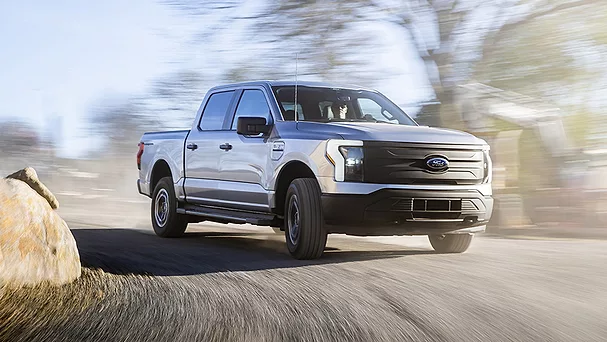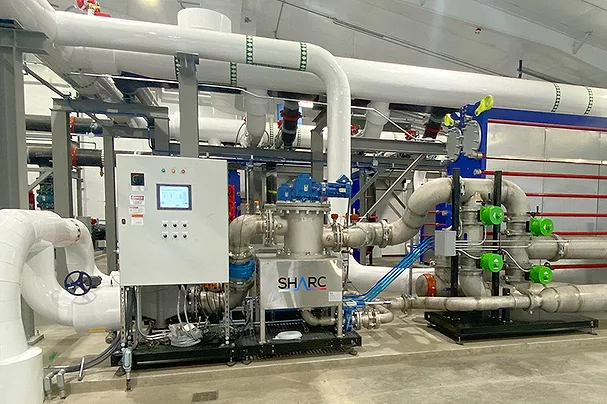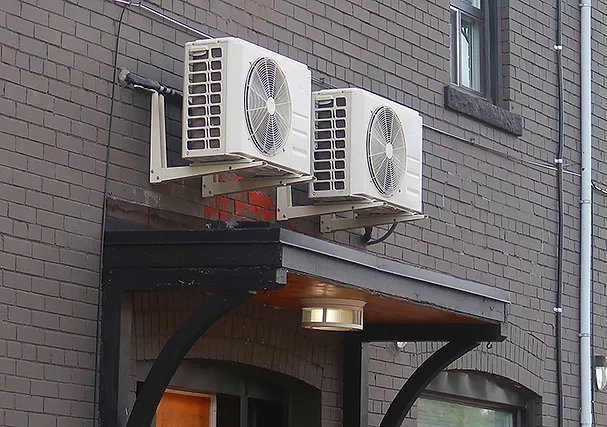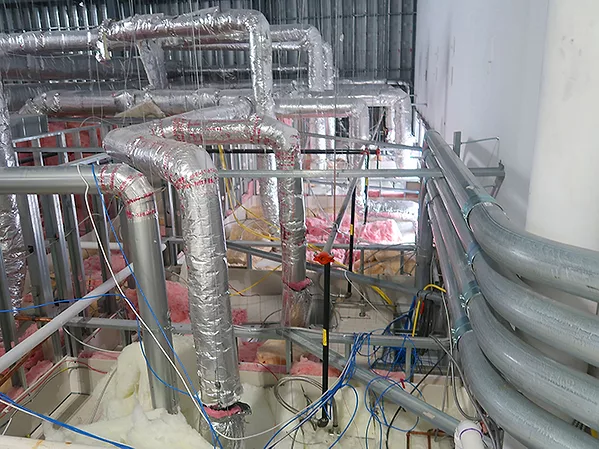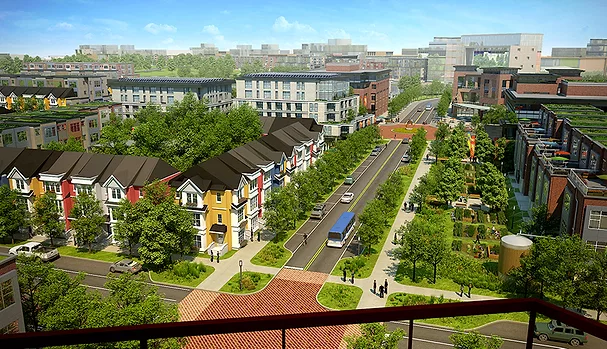Articles by BF Nagy
The Future Is Now
I keep reading articles about all the reasons electric work vehicles are problematic; however, it appears that the reality is different.
Read More
The Future Is Now
Climate Change and Electrification
We will need electrified buildings, VPPs, bi-directional sharing with vehicles, and many other solutions in our transition to clean energy.
Read More
The Future Is Now
Turning the Corner on Clean Energy
Sales of heat pumps, clean water technology and electric vehicles continue to soar worldwide.
Read More
The Future Is Now
Mitigating Risk in the Past, Present and Future
Building professionals have a role to play in helping to accelerate the energy transition and decarbonize our buildings.
Read More
The Future is Now
Inflation Reduction Act Demand-Side Incentives
Two main categories are incentives under the HOMES program and the High-Efficiency Electric Home Rebate Act.
Read More
Feature
Heat, Disease and Antidotes
ASHRAE publishes a standard to control infectious aerosols, and a heat-battery manufacturer shares case studies and multiunit buildings.
Read More
The Future Is Now
50 Years of Respect for People
ASHRAE publishes a standard to control infectious aerosols, and a manufacturer demonstrates how heat batteries help with decarbonization.
Read More
The Future is Now
Green Warehouse and Factory Buildings
As online sales grow and the reshoring of U.S. semiconductor production continues, this market could be a key opportunity for future clean energy systems.
Read More
The Future Is Now
The Heat Beneath Our Feet
Geo-exchange is the very definition of sustainable technology.
Read More
The Future is Now
Top 10 Inventions In Modern History
Our past ingenuity and evolution should be a source of pride for us all and provide inspiration.
Read More
